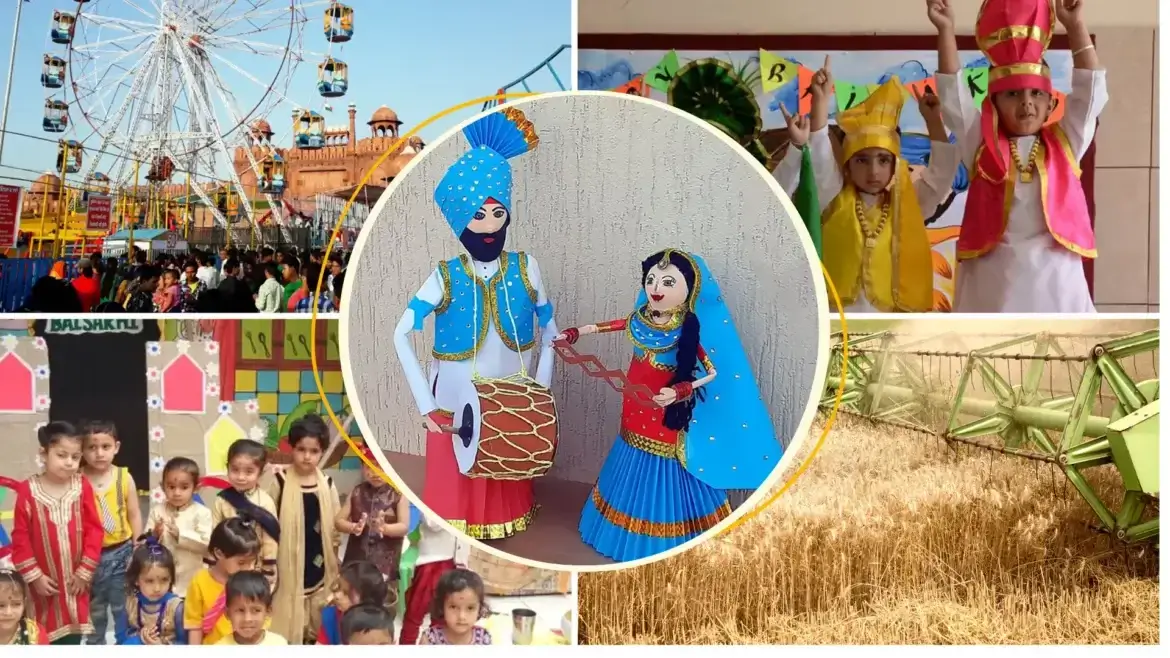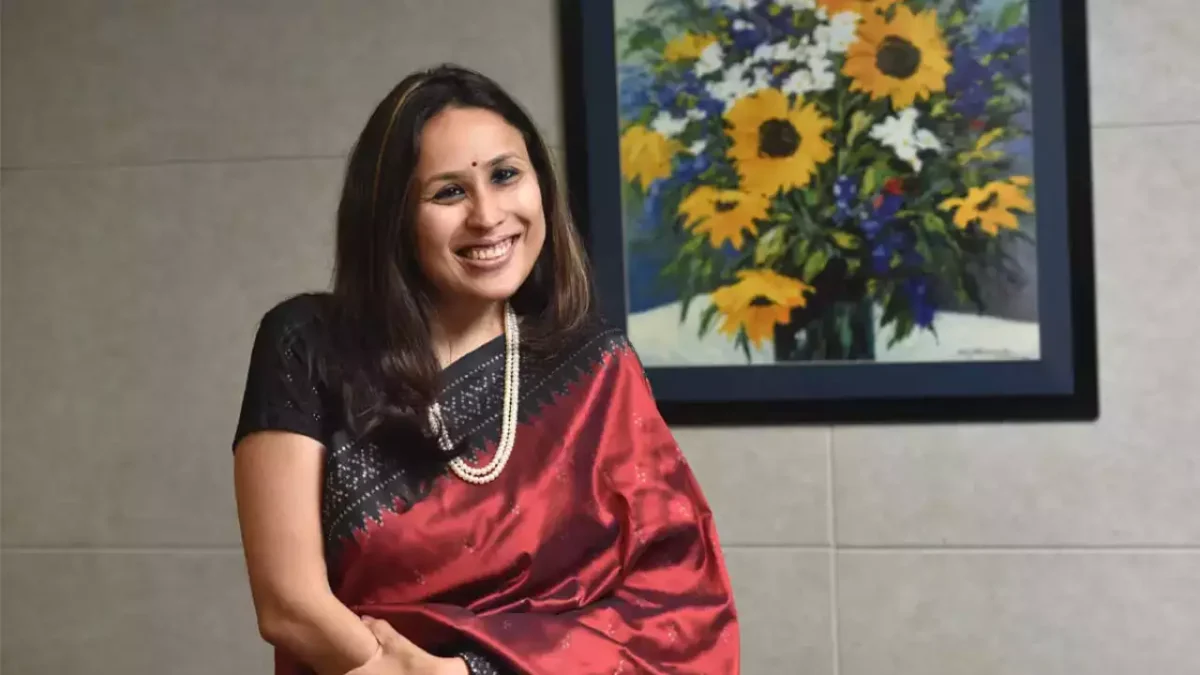Shark Tank India isn’t just a show; it’s a huge chance and a key place for people in the country who want to start their businesses. The contestants, who are affectionately known as “Pitchers,” dive into the shark tank to show their business ideas in the hopes of getting money that will help them grow their businesses to unimaginable heights.
This very famous platform has changed the game for new businesses since December 2020, as shown by the shockingly high numbers from Season 2.
The ‘Sharks’ put an impressive Rs 80 crore into 103 businesses, showing not only how successful the show was but also how much faith the business moguls have in these new companies.
There were also big investments in the first season, with the “Sharks” putting nearly Rs 42 crore into 67 Indian companies. Shark Tank India’s second season in 2022 made it even more of a TV hit.
The new season of Shark Tank starts on January 22, 2024, with new Shark “ Radhika Gupta”.
Radhika Gupta, the managing director and CEO of Edelweiss Asset Management Limited, oversees assets worth over Rs 1.2 lakh crore. Notably, she is the sole female CEO among asset management companies in India.
What sets her apart is how she became CEO.
A Journey Through Rejection
Gupta’s journey began with the investment of JP Morgan’s mutual fund business in India. Seizing the opportunity, she boldly expressed her ambition to her superiors, leading to her appointment as CEO.
However, her connection with Edelweiss started in 2014 when she sold her business, ‘Forefront Capital Management,’ to them. Three years later, at the age of 33, she found herself at the helm of one of India’s prominent asset management companies.
Radhika Gupta’s success story is not without its share of setbacks. In her early career, she faced rejection from seven different firms, leading her to contemplate ending her life.
This vulnerability, revealed in her 2018 speech titled ‘The Girl with the Broken Neck,’ has become a cornerstone of her inspirational journey.
Today, at 40, Gupta plays multiple roles, including CEO, mother, author, motivational speaker, and mental health advocate.

Fall Seven Times, Get Up Eight
Born in Pakistan and raised on four continents due to her father’s diplomatic career, Radhika faced challenges early on. Complications during birth left her with a noticeable neck tilt, and as her family moved frequently, she experienced judgment for her appearance.
Despite these challenges, she excelled academically, earning a scholarship for a dual degree program at the University of Pennsylvania by turning all the setbacks into success.
Gupta excelled academically and pursued a competitive dual degree program. However, the transition to the professional world was not smooth, with seven consulting firms rejecting her during job placements.
The rejection led her to a dark moment, contemplating suicide, but she emerged stronger, eventually securing a position at McKinsey & Company on her eighth attempt.
Building from Scratch: From Rs 25 Lakh to Rs 1.2 Lakh Crore
After four years on Wall Street, Gupta returned to India in 2009 with a vision. Alongside her husband, she founded Forefront Capital, starting with a modest capital of Rs 25 lakh. The entrepreneurial journey was challenging, and she didn’t draw a salary for the initial months.
Yet, through perseverance and strategic decisions, the business grew from Rs 2 crore in the first year to Rs 200 crore when it was acquired by Edelweiss.

Empowering Women to Dream Big
Radhika Gupta emphasizes the importance of women advocating for themselves in the workplace. After leading the integration of JP Morgan into Edelweiss AMC, she felt deserving of the CEO position and took the initiative to ask for it.
She encourages women to be proactive in seeking promotions and new opportunities, asserting that it’s crucial to vocalize one’s ambitions. Gupta encourages women not to give up on their dreams, sharing her experience of embracing motherhood at 39 while managing both career and family responsibilities.
She advises women to ignore societal debates on the right time for motherhood and pursue their aspirations on their terms.
Shark Tank India Season 3
Radhika Gupta’s role in Shark Tank India Season 3 marks a new chapter. She expresses optimism about India’s entrepreneurial potential, especially witnessing the limitless capabilities of young talents from Tier 3 and 4 towns.
Gupta encourages everyone, regardless of age, Radhika says, “Find your sky and learn to fly.” to find their passion and learn to soar, highlighting that success unfolds when one pursues their dreams with unwavering determination.
















































